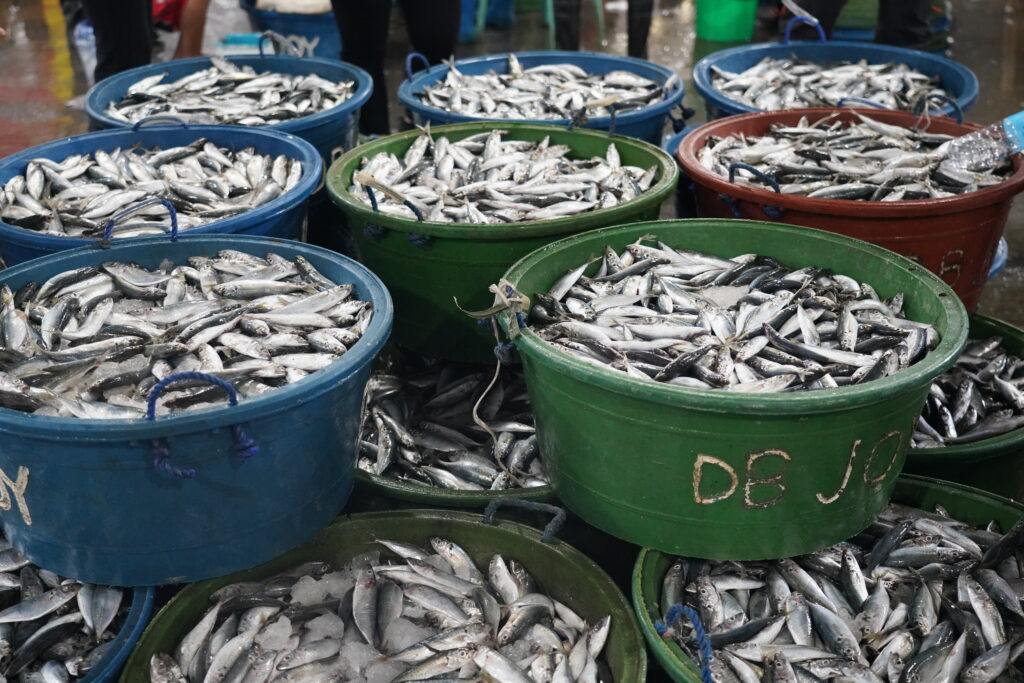
By Dean Aubrey Caratiquet
In a bid to stabilize the supply and prices of fish for the tourism and high-end food sectors, the Department of Agriculture (D.A.) has extended the deadline for the issuance of fish and seafood import permits to the end of June.
This provides importers with crucial leeway to adopt the new guidelines aimed at easing food inflation and improving allocation efficiency.
D.A. Secretary Francisco Tiu-Laurel Jr. said of the extended issuance of import permits: “It’s more of a systemic issue than low demand. The timeframes we set were too short, and many of the approved products were out of season in their countries of origin. It was also challenging for some importers to meet requirements tied to larger volume allocations.”
The approved list of imports includes a wide range of species—from salmon, cod, and tuna by-products to squid, scallops, octopus, and lobster—none of which are locally sourced in sufficient quantities; with the notable exception being sardines, as it was off-season in some local fishing grounds and is also the most affordable fish available to the masses.
Such adjustments to importation policies of aquatic food are in adherence to President Ferdinand R. Marcos Jr.’s mandate of rationalizing fish imports to aid in generating more jobs and attracting investment.
Importers accredited under Fisheries Administrative Order (FAO) No. 195 and those registered under FAO No. 259 are eligible for fish import allocations through the Certificate of Necessity to Import, which permits importation during the closed fishing season. Eligibility is subject to the guidelines in Memorandum Order No. 12, series of 2025.
FAO 195 covers the importation of fresh, chilled, or frozen fish and aquatic products, while FAO 259 applies specifically to imports for wet markets during the closed season.
jpv
